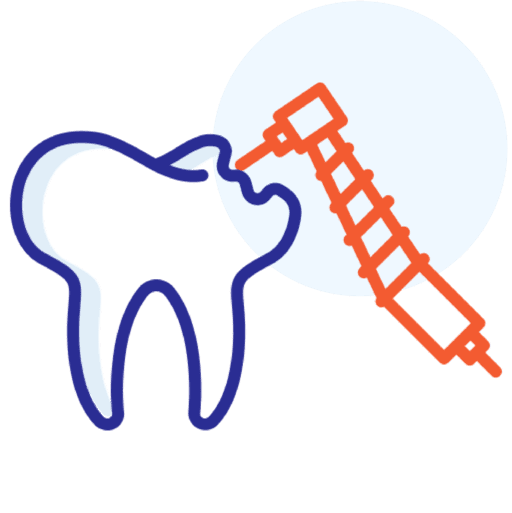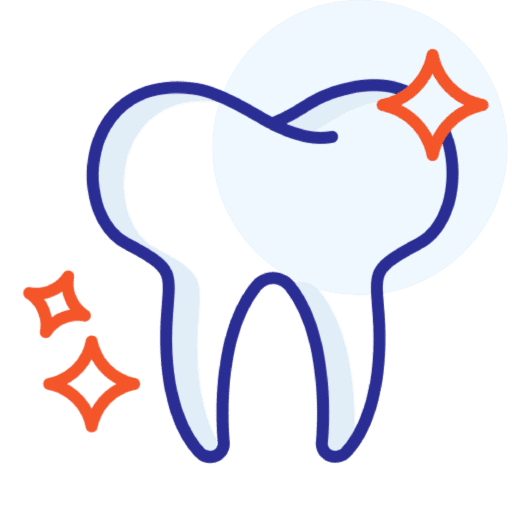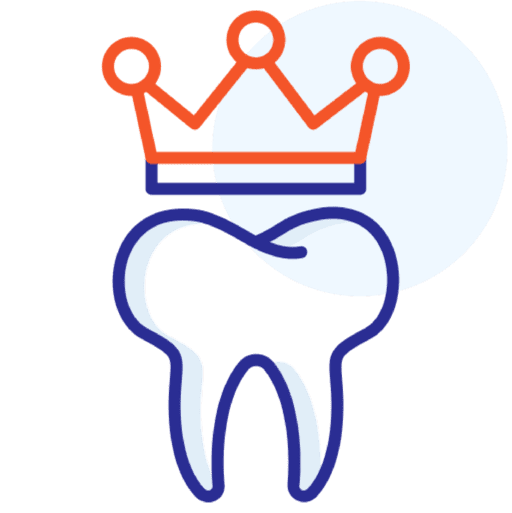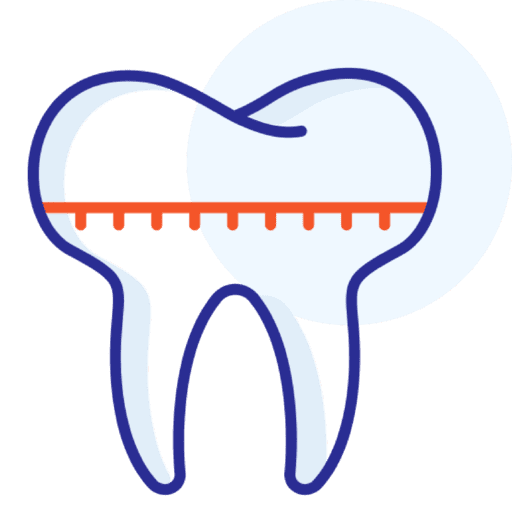A Brighter
Dental Experience
Caring Dentists at Loveland Dental
2 Convenient locations in Winston-Salem
Winston-Salem | Country Club Rd
4622 Country Club Rd Suite 280
Winston-Salem, NC 27104
336-765-3357
Winston-Salem | Maplewood Ave
3015 Maplewood Ave Suite 100
Winston-Salem, NC 27103
336-768-3474
Schedule Appointment
Pay Your Bill Online
WINSTON-SALEM
Trusted Family Dentist in Winston-Salem
with 2 Office Locations
Welcome to our dental practices in Winston-Salem, NC, where we are dedicated to providing exceptional dental care to families in the community. Our team of dental professionals has extensive experience and uses the latest technology and techniques to offer a wide range of services, from general dentistry to cosmetic treatments. Our goal is to establish a comfortable and welcoming environment where patients of all ages feel at ease. Whether you need a routine checkup or a more complex procedure, we are here to assist you. Schedule your appointment with us today and begin your journey to a healthier, brighter smile.

Meet our Dentists in Winston-Salem
Country Club Rd - Dentist
Maplewood Ave - Dentist

Making Dental Affordable
We offer convenient payment options, including Mastercard and Visa.
We also provide low-interest financing through CareCredit for those who need it.
Insurance

Do you accept my plan?
At Loveland Dental – Winston-Salem, we accept most major insurance carriers as a preferred provider, and we also welcome out-of-network commercial insurance plans. Kindly get in touch with us to confirm whether your insurance is accepted. Our rates remain reasonably priced, whether you are in-network or out-of-network.
336-765-3357
Country Club
336-765-3357
Maplewood Ave
Membership Plans
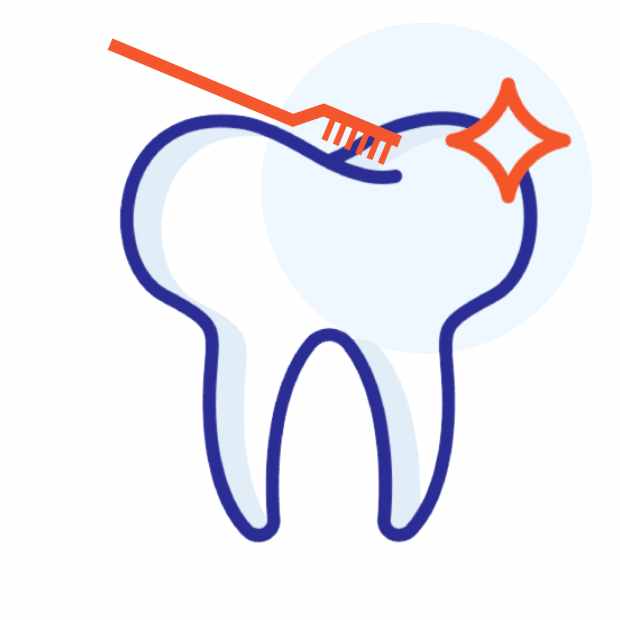
Discounted Dental Plans
No Dental insurance? Our in-house membership plan is for you!
Our plans include preventive care and save you money on other procedures.
Financing
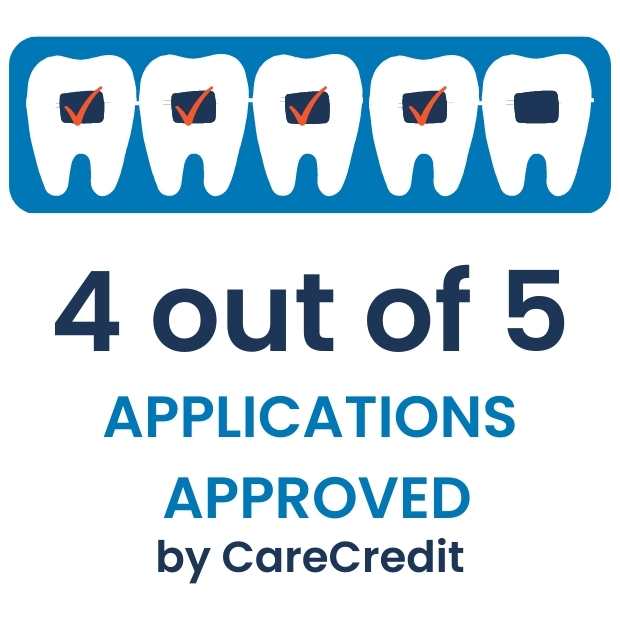
Easy as 1-2-3
You shouldn’t allow insurance, or the absence of it, to hinder you from achieving your best smile. With our secure application process, you can apply confidentially and explore your third-party financing options in just a matter of minutes. Three easy steps to get low-Interest financing options with CareCredit.
APPLY NOW

Our Patients in Winston-Salem are 5 STARS





2 Dental Office Locations in Winston-Salem
Winston-Salem | Country Club
4622 Country Club Rd Suite 280
Winston-Salem, NC 27104
336-765-3357
Fax: 336-765-3359
Email: countryclub@lovelandgroup.com
Schedule Appointment
Winston-Salem | Country Club Rd
Request Appointment
——————-
Winston-Salem | Maplewood Ave
Request Appointment
Winston-Salem | Maplewood
3015 Maplewood Ave Suite 100
Winston-Salem, NC 27103
336-768-3474
Fax: 336-765-0124
Email: maplewood@lovelandgroup.com
Pay my bill
Winston-Salem | Country Club Rd
Secure Online Bill Pay
——————-
Winston-Salem | Maplewood Ave
Secure Online Bill Pay








